
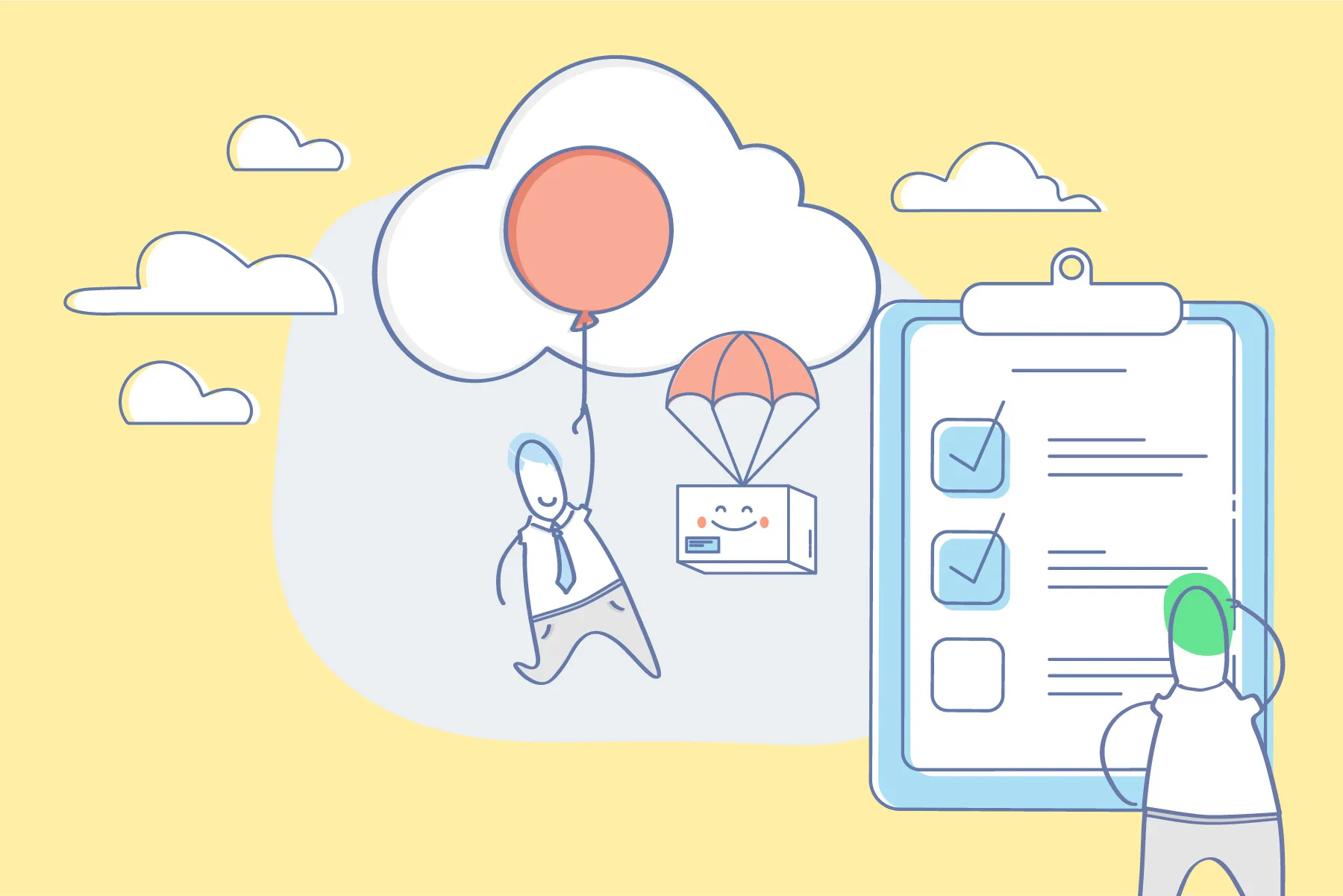
You may have already heard a lot of stories about why you should use the cloud. Through its continuous development, the cloud has satisfied all three of the most important things in IT: cost, speed, and quality. Many businesses are applying the cloud to take their businesses to a higher level.
Many companies are adopting the cloud for new projects, but the adoption rate for migrating existing systems to the cloud is relatively low. This is because the process of migrating to the cloud is a very challenging task. In particular, without proper planning, execution, and testing, it is impossible to know where problems will occur in terms of security, integration, resources, costs, or networks, even after migrating to the cloud.
Let’s find out what you need to prepare before and after cloud migration.
Cloud Migration Plan
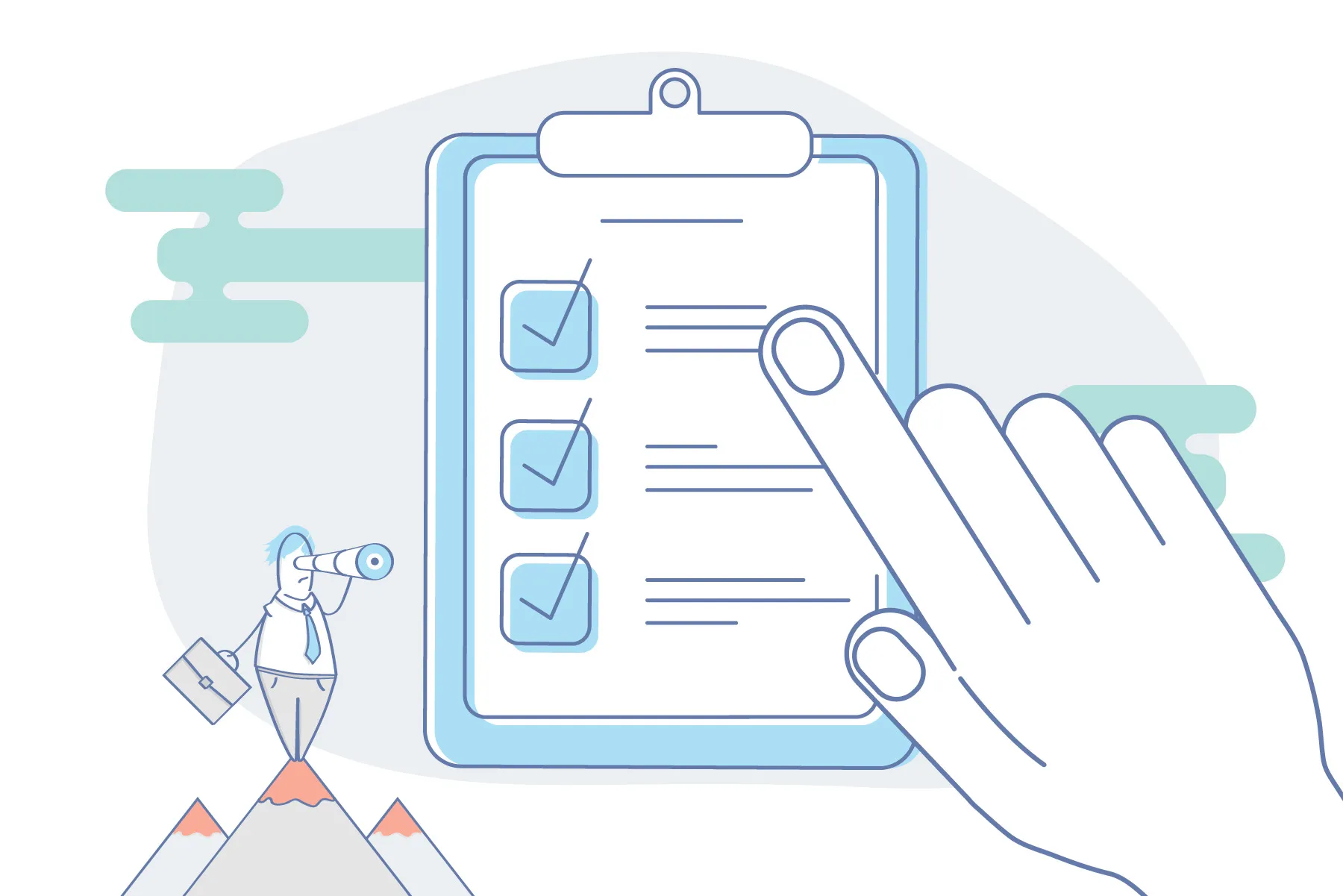
- Choosing a Cloud Provider
- Preparation and Planning
- Cloud migration
- Validation and verification
The preparation process may vary depending on the cloud provider, so the first thing to do is to check the pros and cons of each cloud service provider. Afterwards, a migration plan will be created according to the cloud service provider. At this point, you may also seek assistance from an MSP (Managed Service Provider). When moving services from an IDC to the cloud, there may be a need for changes in applications or data due to the impact of virtualization. Finally, you will need to conduct validation testing for the applications.
Choosing a Cloud Service Provider
In terms of cloud selection, most users have used AWS. As the cloud market becomes increasingly competitive, there are now more options available when considering other cloud vendors.
Amazon Web Services (AWS) still remains the most widely used cloud service. It continues to excel in terms of usability and accessibility while offering a wide range of platform services. Microsoft Azure is a good option for enterprises using Windows and MS SQL Server. Google Cloud offers high-level computing services such as Big Data and TensorFlow. Alibaba Cloud is worth considering for businesses operating in China and is one of the fastest-growing cloud services.
Each cloud service provider has its strengths and weaknesses in different areas. Some providers offer tremendous scalability down to the millisecond, while others excel in providing personalized application management options. While choosing the market leader may be the most stable and least hassle-free option, it is very important to analyze the characteristics of cloud services and identify the right provider for your needs.
Lastly, it's essential to model the actual scenario and calculate the server, database, and network service costs for the cloud providers you are considering. Pricing is always one of the crucial factors to consider.
Prepration and Planning
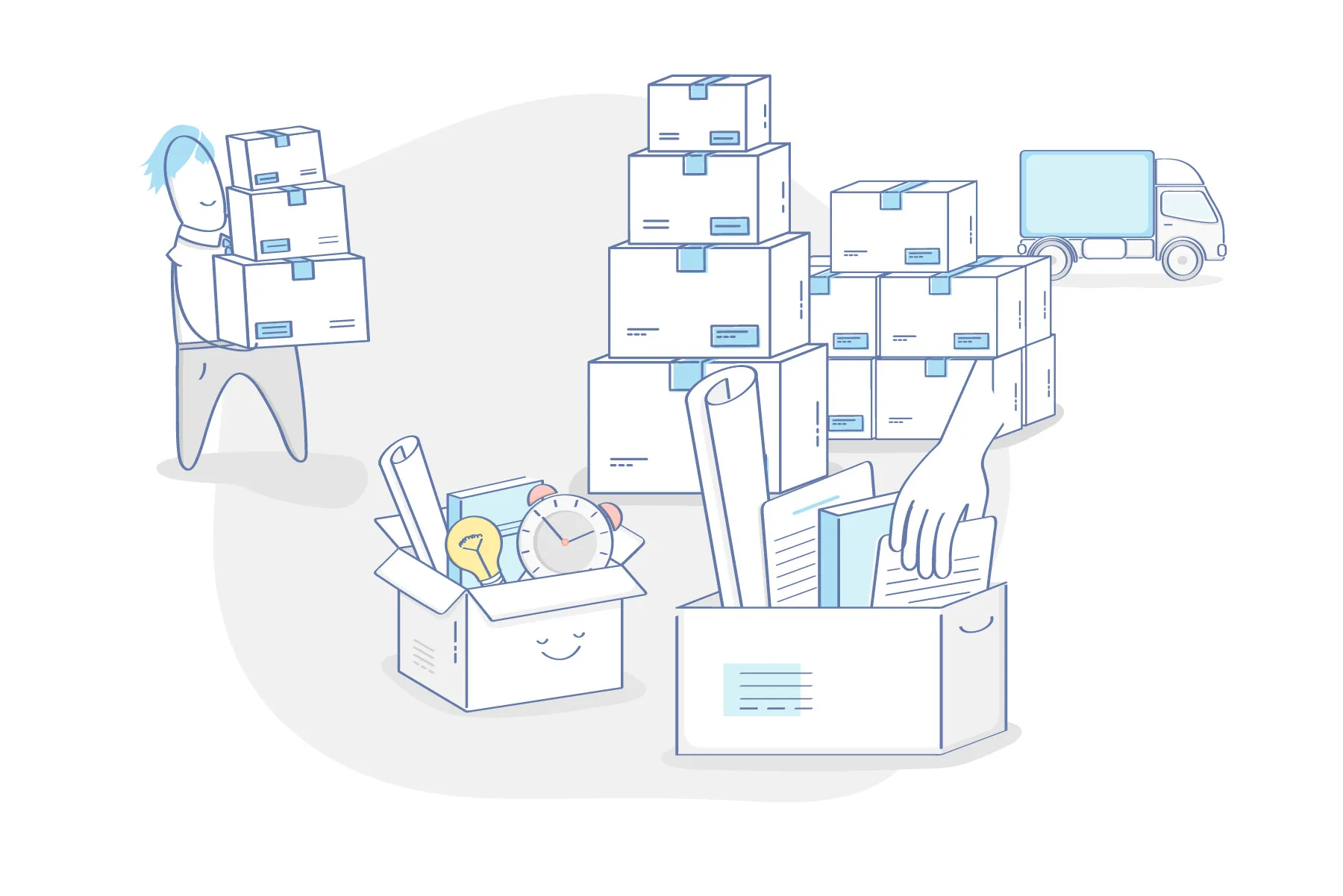
If you have chosen a cloud provider, you can start preparing for the migration. It would be great to be able to move it all at once, but it is rare case. You need to start by planning the migration step by step. Once you have decided which services to migrate, you should check whether any software changes are required. It's best if you can migrate without making software changes, but it's not always possible. Now, you need to discuss the downtime for the services., and also planning to verify the performance of the migrated services. Lastly, consider the staffing and operational processes for the new cloud environemnet.
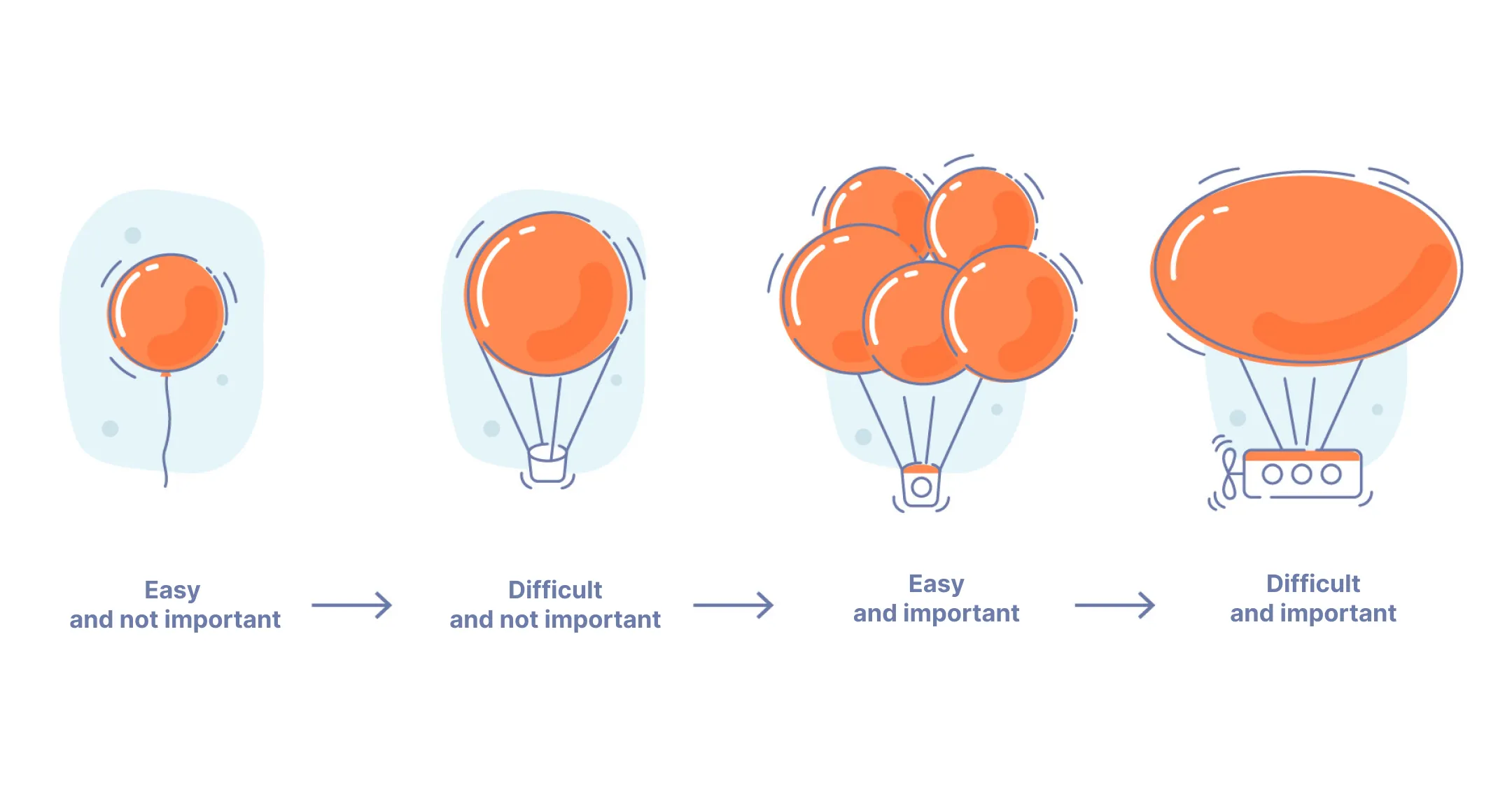
1. Selecting Migration Targets
The first application to move to the cloud should be the easiest and least critical. This will allow you to gain cloud migration experience and fine-tune processes that work best for your organization. Even if you encounter problems during the migration process, handling them will be less burdensome.
2. Determine the Scope of Application Changes
The cloud service's virtualized system includes a computing environment that runs differently from the current system. Even servers are not entirely free from shared resource issues. Network and data services also operate and interact differently. Before proceeding with migration, it's crucial to check the characteristics of the infrastructure your applications depend on and conduct application updates to address anticipated issues.
3. Conduct Performance Testing
Performance is one of the key reasons for migrating to the cloud. It's a way to optimize resource usage and ensure fast response times, which is the first factor in providing a good service to customers. However, it's important to note that after cloud migration, application response times can sometimes become slower.
When transitioning an existing system to a distributed environment in the cloud can lead to unexpected bottlenecks. While cloud services provide more computing resources, communication overhead can be higher than expected. To address these issues, it's essential to assess the performance before migration. Using Application Performance Management (APM) tools after performance issues arise during the migration process can potentially result in higher costs.
4. Prepare Work Processes
When migrating to the cloud, the role of system engineers may expand from system operation to service operation. Developers should also prepare for how they will participate in the deployment and operational processes. It's important for developers, operators, and managers to align their workflows and processes with a unified mindset.

5. Develop a Plan for Service Outages.
It would be ideal to migrate to the cloud without service downtime. However, it's not always necessary or possible due to certain configurations. In such cases, it's crucial to create a plan for service downtime. Additionally, it's important to prepare scenarios for system recovery in case of contingencies or unexpected issues.
6. Security Inspection
In South Korea, there are cases where cloud migration is not possible due to legal issues. Clouds have less control over security and other procedures, and maintaining security is reliant on the procedures provided by the cloud vendor. It's advisable to prepare security procedures and strategies in advance to maintain data security before migrating to the cloud.
Cloud Migration

Cloud migration tasks vary depending on the application's characteristics, so I won't go into details at this time. However, it's common to carry out cloud migration through Managed Service Providers (MSPs) or domestic System Integration (SI) companies, and it's best to proceed with an experienced groups. The cloud migration process can be risky and prone to errors, so experience is essential to anticipate and avoid problems.
Validation and Verification
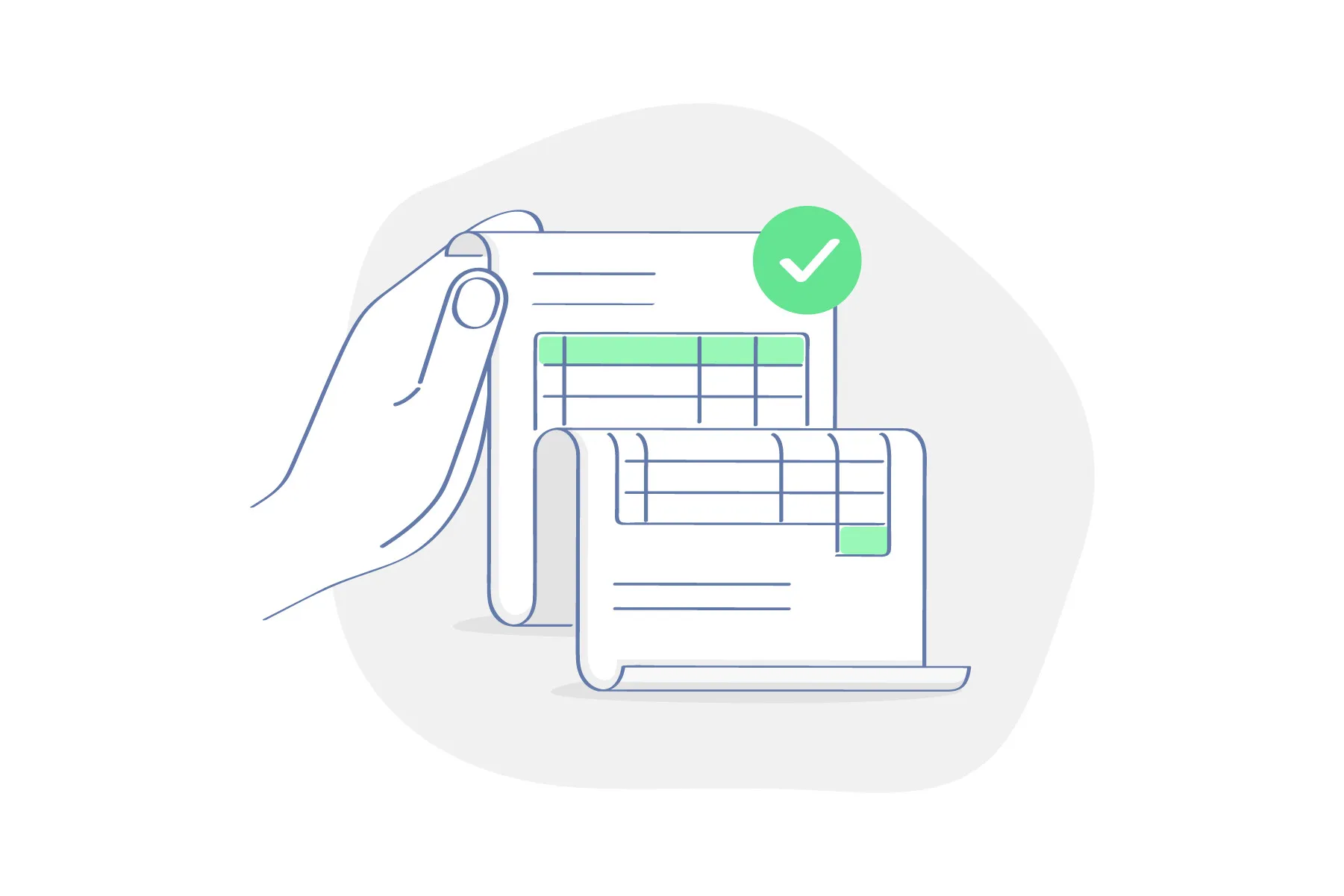
After migrating data and applications to the cloud, it's essential to ensure that everything is working properly. This can be challenging and time-consuming process. It may sound surprising, but instances of services going offline due to hasty transitions to the cloud without proper verification do occur in practice.
It is a good idea to automate basic functional tests to ensure the stable operation of the service.
- Test to verify that all services are working properly.
- Test to ensure data is being generated correctly.
- Test to verify that internal components are communicating correctly.
- Test to ensure that service operations are being monitored effectively.
After verifying all operations, it's important to conduct load testing. If you switch services without load testing, a service may function well under normal conditions, but even a slight increase in traffic can lead to site failures. During load testing, you can further identify and secure system and application issues through APM (Application Performance Management) services and server monitoring services. Applications and systems operating in the cloud often use SaaS-based monitoring services, but it is also possible to use package solutions.
.svg)
.svg)






